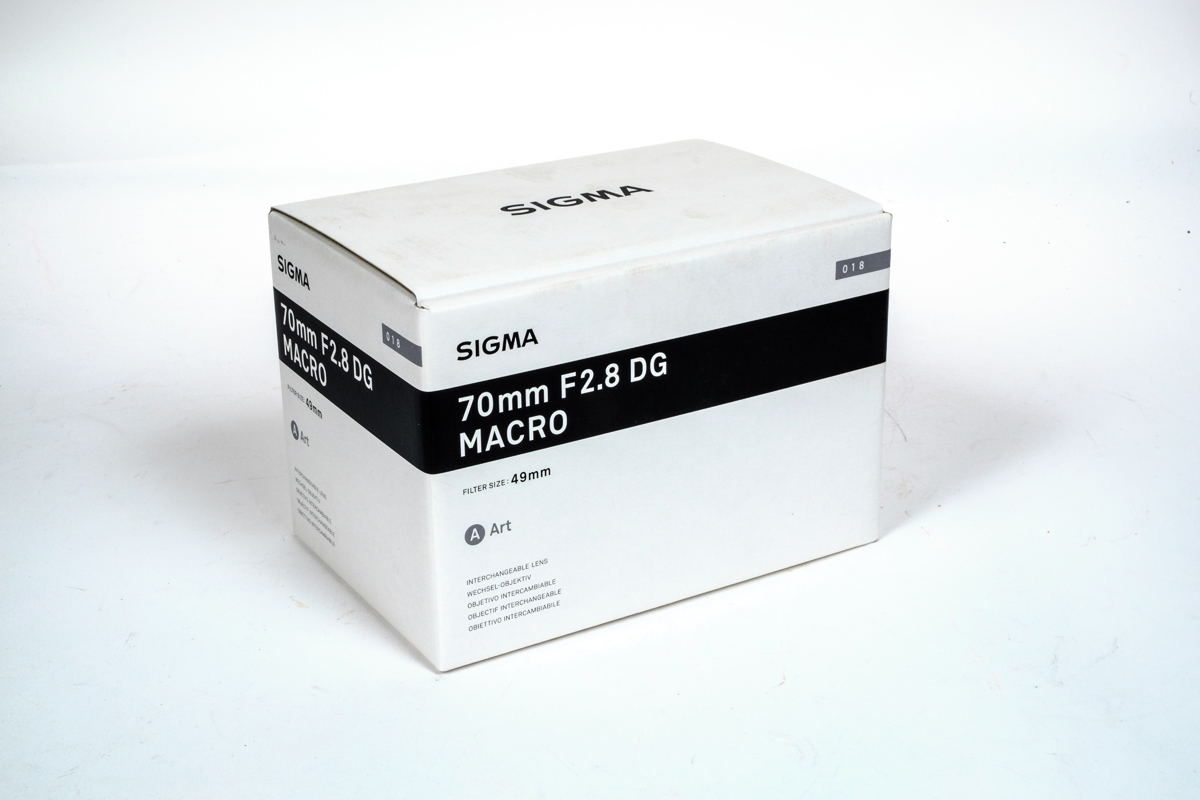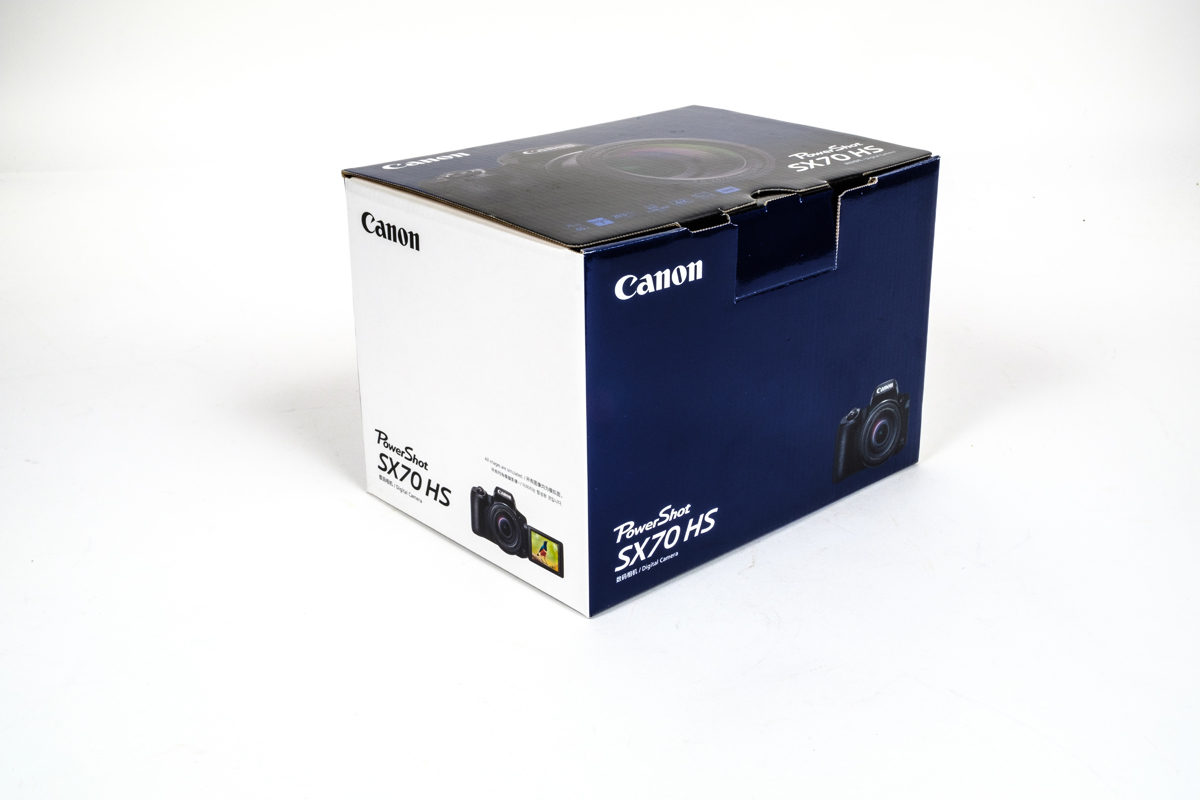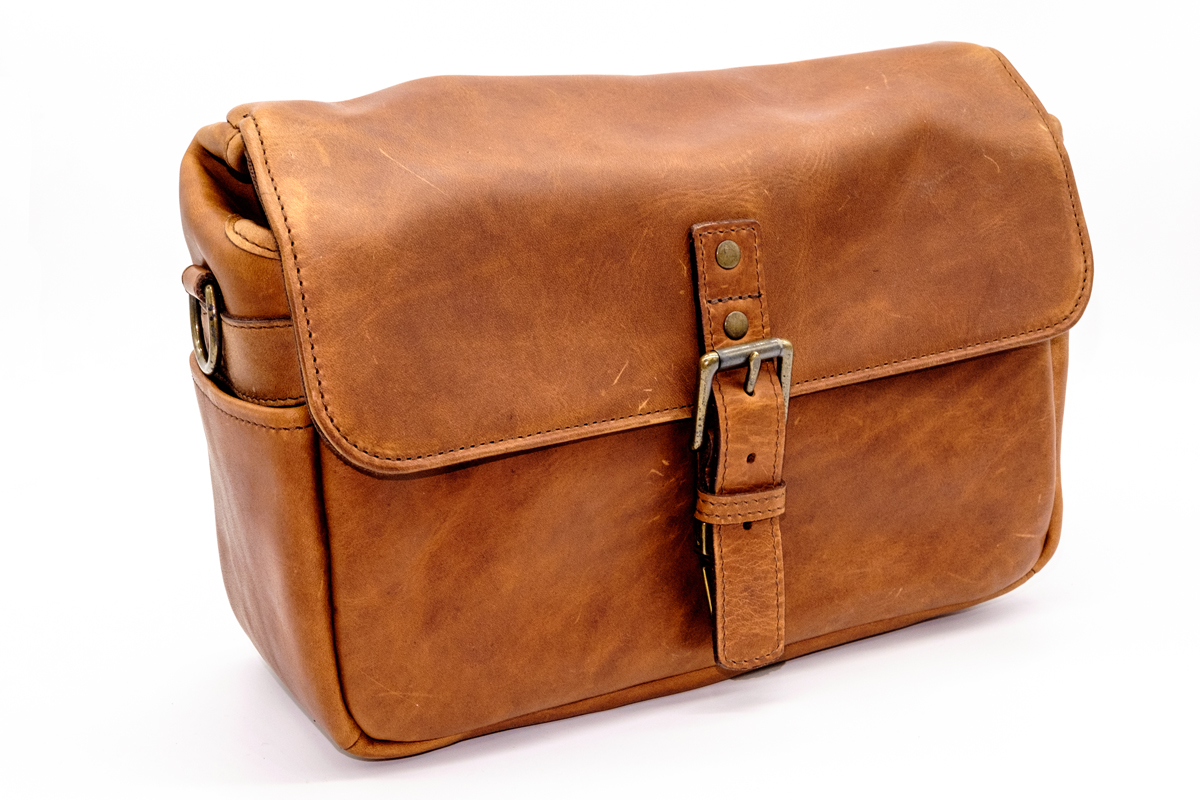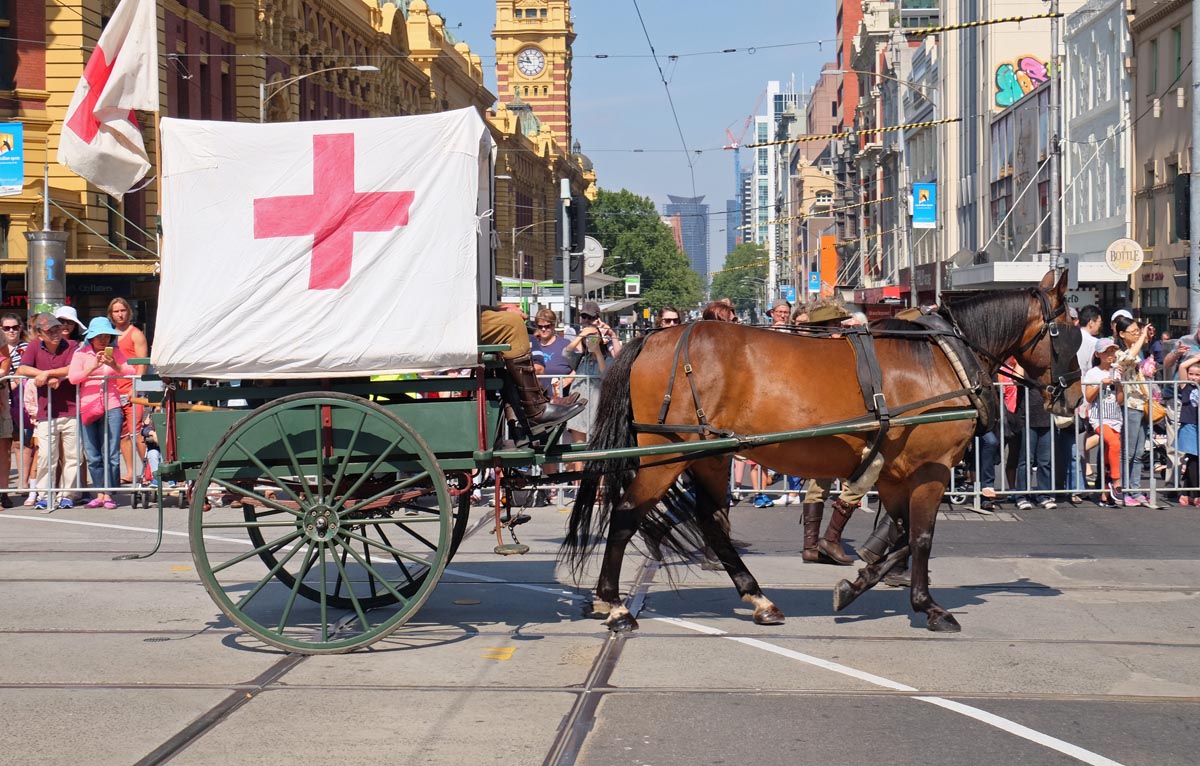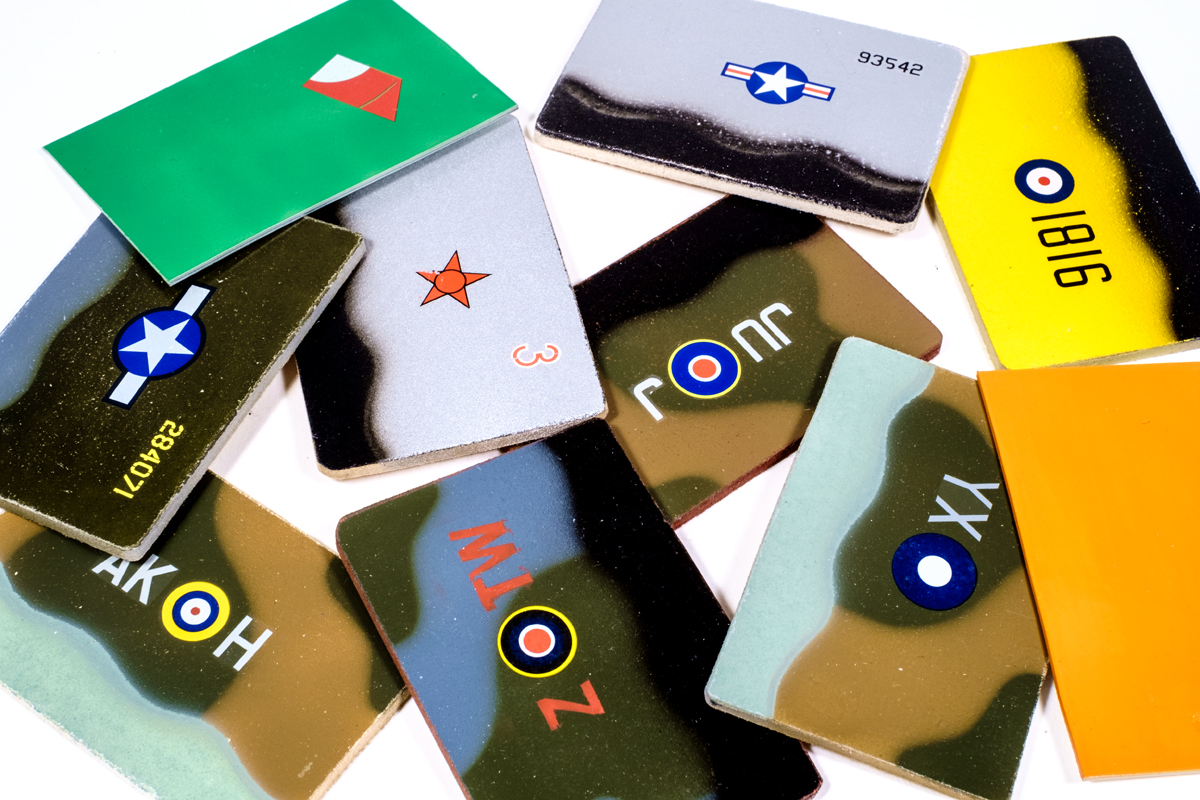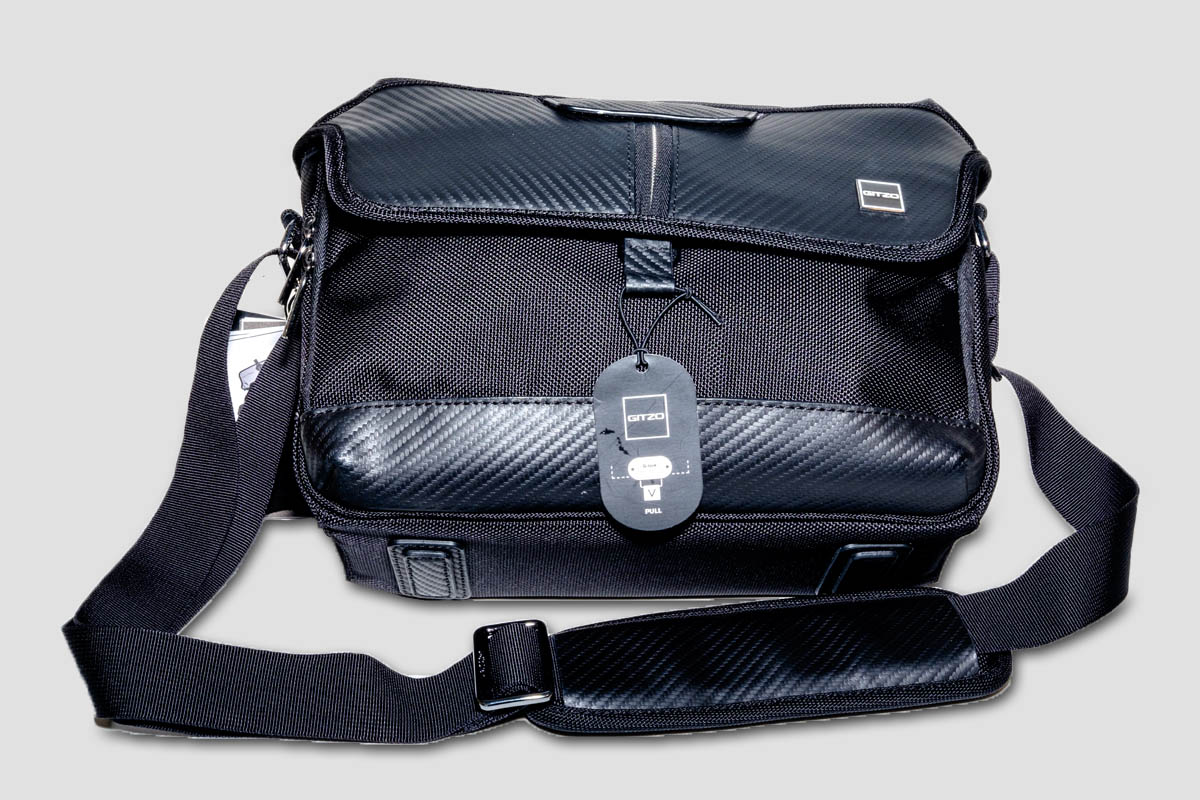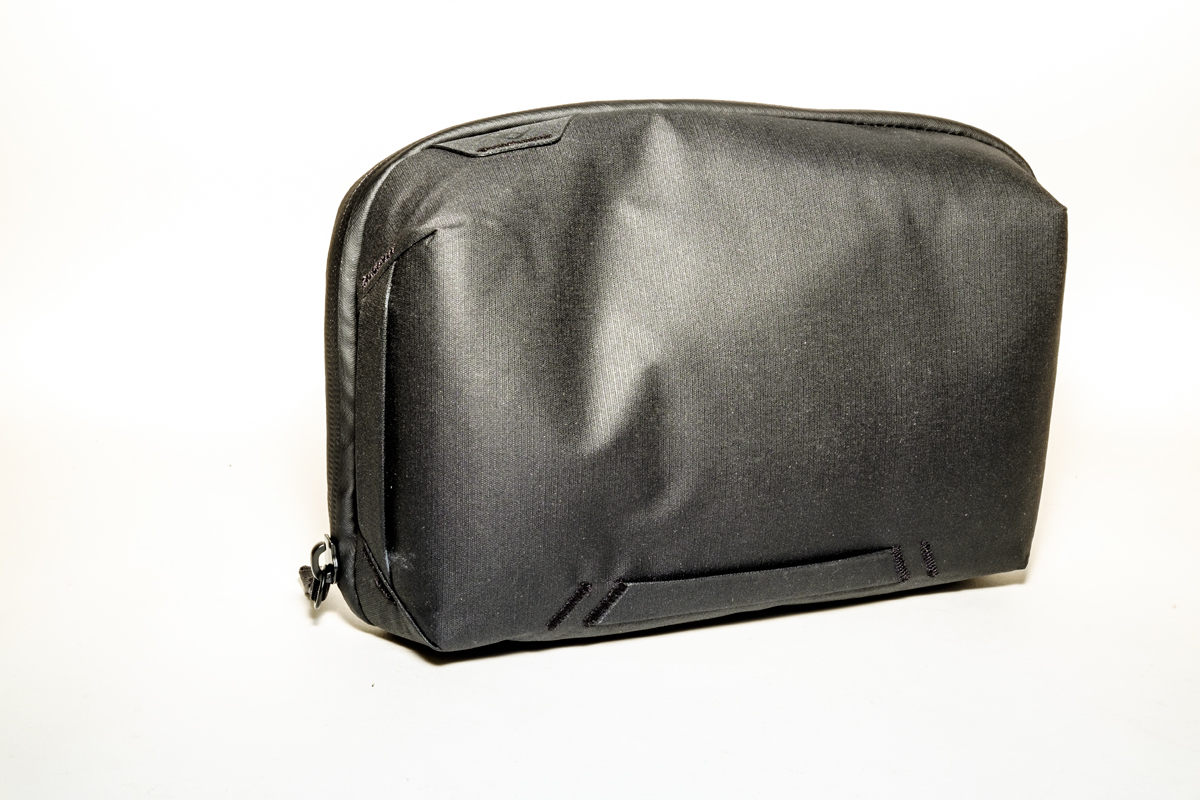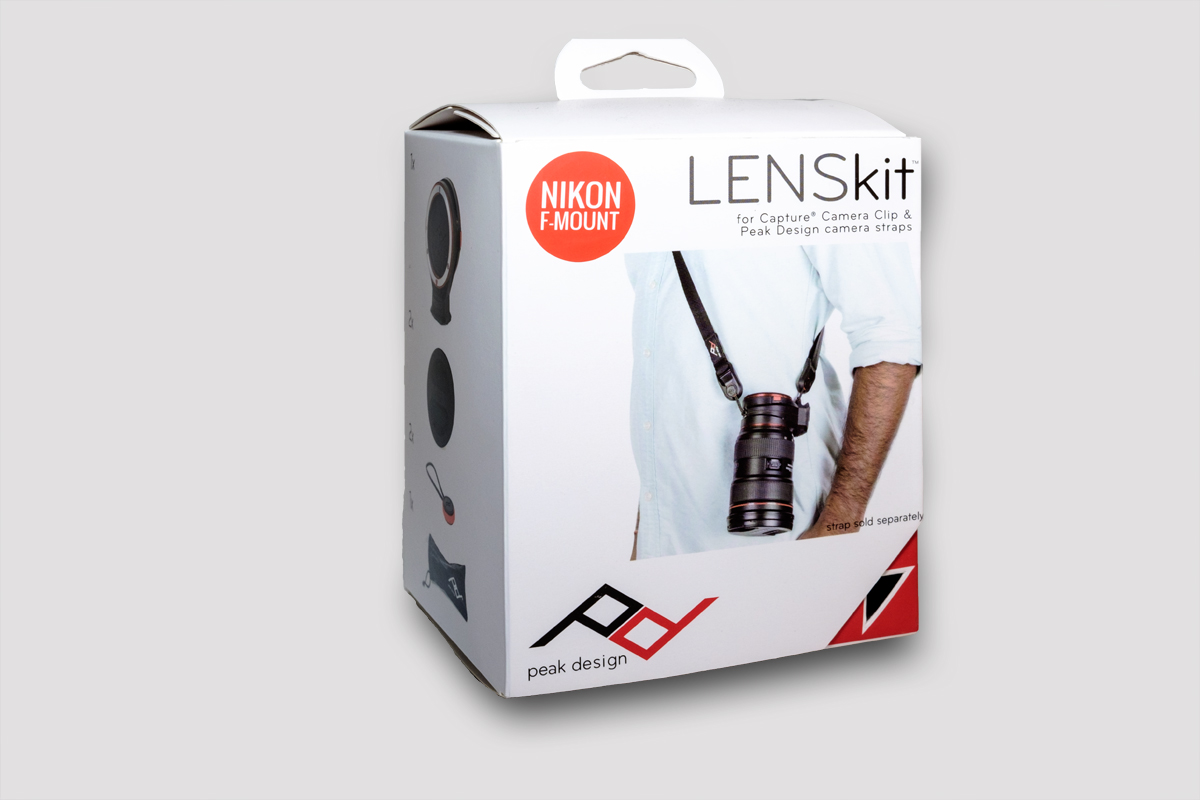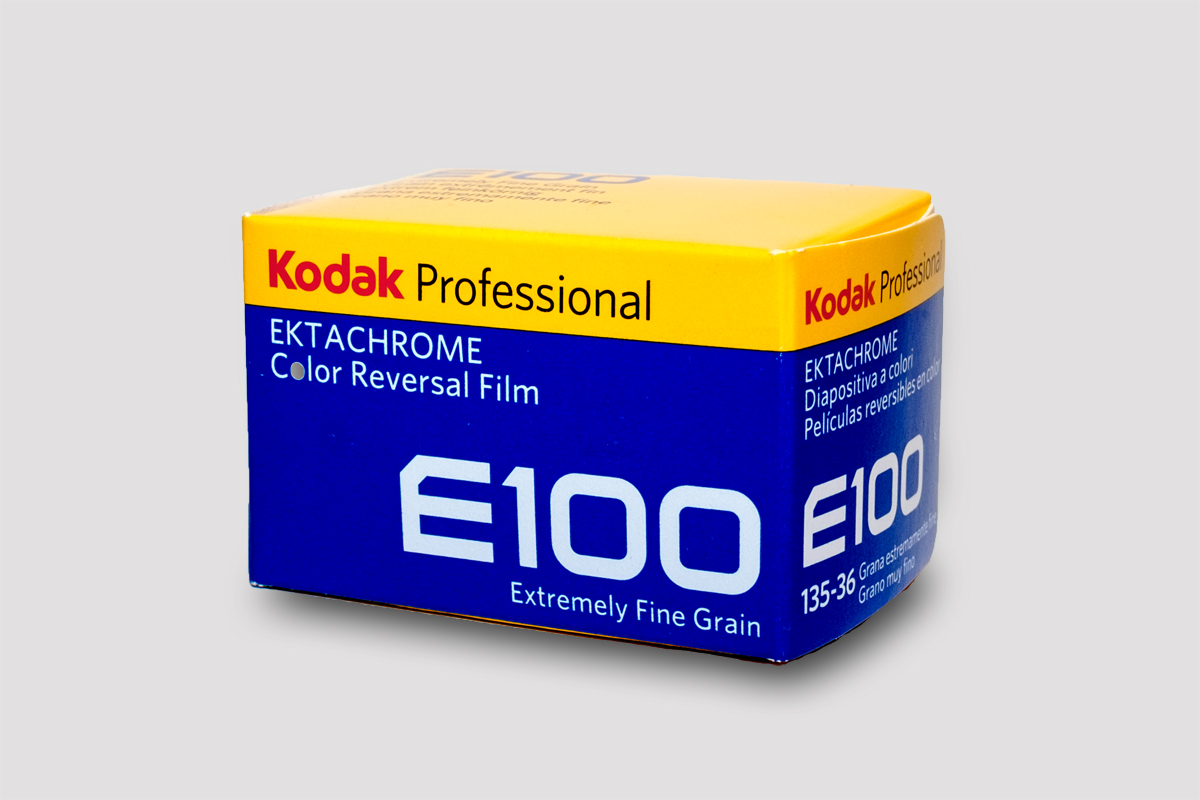Posted at 09:08h
in
Blog,
Dick's Rant
by Uncle Dick
[social_share]
Relax. I'm not advocating doing bad things to four-footed animals. This is all about practical science and inveterate curiosity.
The photographic test shot is the most basic of Australian images - even more common than the one of the three children in the back yard under the Hills hoist, squinting into the sun. We have all taken them, and some of us have taken a lot of them. But few of us make the best use of the equipment, time, and materials. It is all a matter of doubt.
It is the same with scale model building. Anyone who has an airbrush has also had doubts - doubts about air pressure, dilution of paint, humidity, dust, air movement, thinners, retarders, undercoats, overcoats, matt, gloss, satin...



